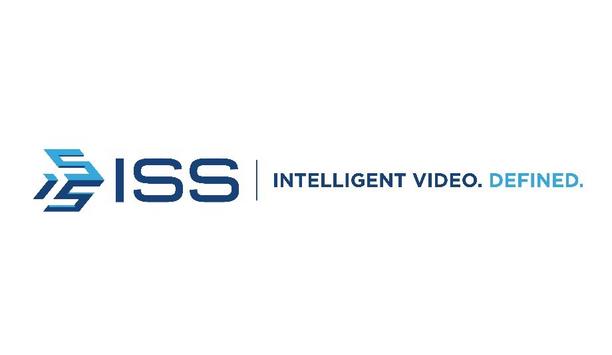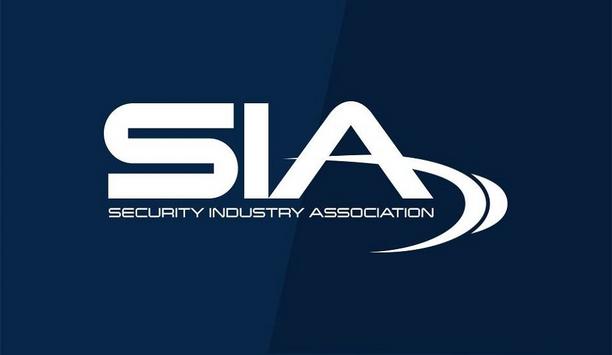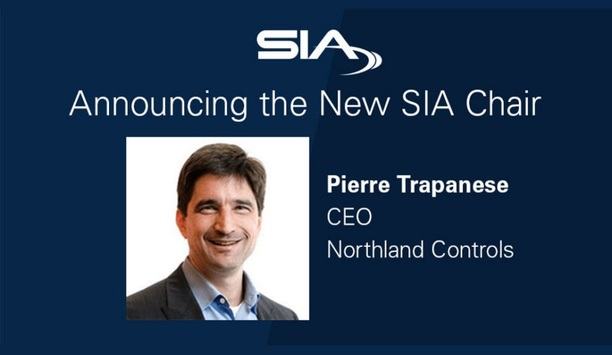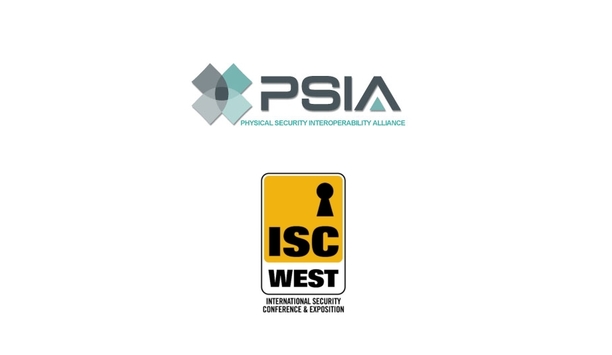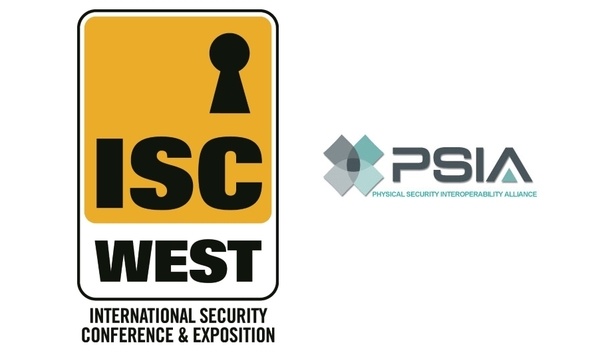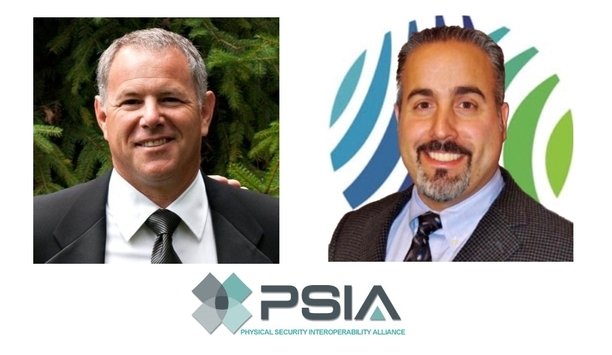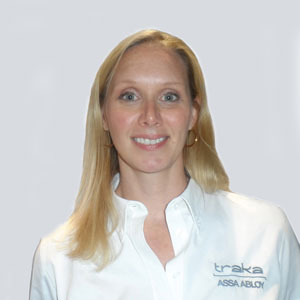Mike Mathes

Mike Mathes
Executive Vice President, ConvergintMike Mathes is the Executive Vice President for Convergint Technologies. One of Convergint’s founding members, Mike is responsible for the P&L of the company's western locations and for developing cyber security strategies. Prior to Convergint, Mike worked with Johnson Controls in several roles over 15 years. He holds a bachelor’s degree in electrical engineering from the University of Manitoba.
News mentions
The Security Industry Association (SIA) has announced its new Board of Directors chair-elect and presented its new and returning members to the SIA Board of Directors on April 1 at The...
ISS (Intelligent Security Systems), a global provider of video intelligence and data awareness solutions, announced that it has entered into a partnership with Convergint, a global pioneer in service-...
The Security Industry Association (SIA) welcomed a new chair, presented five new and four returning members to the SIA Board of Directors, and announced several new committee leaders at The Advance, S...
Convergint Technologies’ rapid growth has come through a combination of organic growth and acquisitions — they have acquired 35 companies since 2014. Growth has been a focus since day one...
The COVID-19 pandemic has provided a double challenge to physical security systems integrators. For one thing, they have had to adapt their own businesses to survive and thrive during the pandemic. On...
The Security Industry Association (SIA) welcomed a new chairman, announced its 2020 executive committee and welcomed five new members to the SIA Board of Directors at The Advance, SIA’s annual m...
A critical issue for security officers today is how to make sure temporary or permanent employees are removed from the employee directory system when they are no longer working for the company. This s...
A commercial version of the PLAI Agent will be demonstrated by the PSIA at ISC West 2018 in Las Vegas. Johnson Controls (Software House), Kastle Systems, and Princeton Identity will show the interoper...
The Physical Security Interoperability Alliance (PSIA) has announced it has elected Mike Mathes, Executive Vice President of Convergint Technologies, as its Chairman, and Jason Ouellette, Product Gene...

